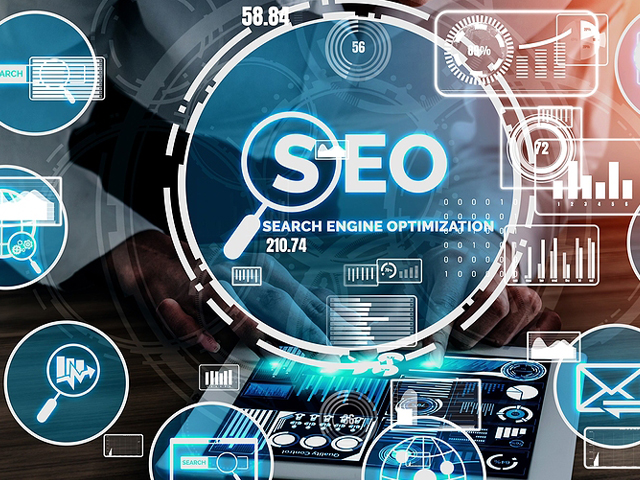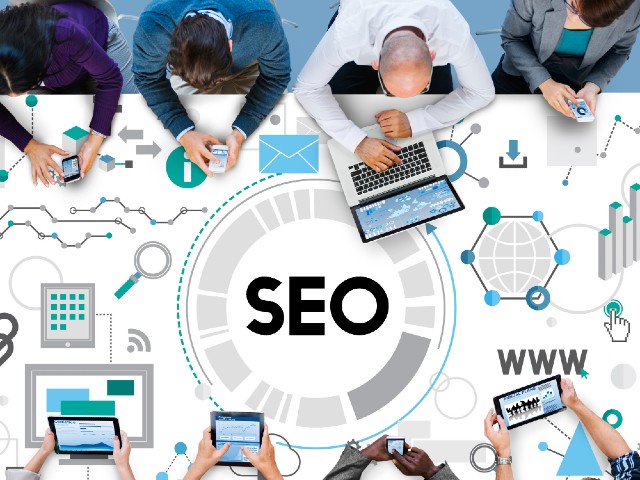In today’s highly competitive digital landscape, having a well-optimized website is essential for improving your online visibility and driving organic traffic. On-page SEO plays a crucial role in enhancing your website’s ranking on search engine result pages (SERPs). By implementing effective on-page optimization techniques, you can make your website more search engine-friendly, improve user experience, and ultimately attract more qualified visitors. In this article, we will explore some valuable on-page SEO techniques that can help you boost your website’s ranking and gain a competitive edge in the digital world.
Keyword Research and Optimization
Keyword research is the foundation of any successful on-page SEO strategy. It involves identifying the relevant keywords and phrases that your target audience is likely to use when searching for products or services like yours. Begin by using keyword research tools to find high-volume and low-competition keywords that align with your content. Once you have identified the keywords, incorporate them naturally into your website’s meta tags, headings, URL structure, and body content.
High-Quality Content Creation
Creating high-quality, engaging, and relevant content is vital for on-page SEO success. Search engines prioritize websites that offer valuable information to their users. Develop content that addresses your audience’s needs, answers their questions, and provides solutions to their problems. Focus on delivering unique and original content that sets you apart from your competitors. Incorporate your target keywords naturally within the content, while ensuring it remains readable and user-friendly.
Optimized Meta Tags
Meta tags are HTML elements that provide information about your web page to search engines. The two most important meta tags are the meta title and meta description. The meta title appears as the clickable headline in search engine results, while the meta description provides a brief summary of your page’s content. Optimize these meta tags by incorporating relevant keywords, making them compelling, and keeping them within the recommended character limits to entice users to click on your website in the search results.
User-Friendly URL Structure
A clean and user-friendly URL structure not only enhances the user experience but also helps search engines understand the content of your web pages. Use descriptive and keyword-rich URLs that accurately reflect the content of your pages. Avoid using long, complex, or irrelevant URLs that may confuse users and search engines. Instead, aim for concise and easily readable URLs that give a clear idea of what the page is about.
Optimized Heading Tags
Heading tags (H1, H2, H3, etc.) are essential for organizing and structuring your web page content. Search engines use heading tags to understand the hierarchy and importance of different sections on your page. Use the H1 tag for your main page title and include relevant keywords. Utilize H2 and subsequent heading tags to break down the content into logical sections. This not only helps search engines better comprehend your content but also enhances the readability and user experience.
Image Optimization
Images are essential for enhancing the visual appeal of your website, but they can also impact your SEO efforts. Optimize your images by compressing them to reduce file size and improve page loading speed. Use descriptive filenames and include relevant keywords in the alt tags to provide search engines with context about the image. Additionally, consider adding a caption or surrounding text that relates to the image, further reinforcing its relevance to the content.
Mobile Optimization
With the increasing use of mobile devices for internet browsing, optimizing your website for mobile devices is no longer an option—it’s a necessity. Mobile optimization involves creating a responsive design that adapts to different screen sizes and resolutions. This ensures that your website looks and functions seamlessly across all devices. Search engines prioritize mobile-friendly websites in their rankings, so it’s crucial to optimize your website for mobile users. Make sure your content is easily readable, buttons and links are clickable, and the page loading speed is optimized for mobile devices.
Page Loading Speed
Page loading speed is a critical factor in both user experience and SEO. Slow-loading websites frustrate users and often lead to high bounce rates. Search engines also take page speed into account when ranking websites. To improve your website’s loading speed, minimize HTTP requests by reducing the number of elements on each page, optimize and compress images, enable browser caching, and minimize JavaScript and CSS files. Regularly test your website’s speed using tools like Google PageSpeed Insights or GTmetrix and make necessary adjustments to improve performance.

Internal Linking
Internal linking refers to linking relevant pages within your website. It helps search engines understand the structure and hierarchy of your website, improves user navigation, and distributes link equity throughout your site. When creating content, look for opportunities to link to other related pages on your website using anchor text that includes relevant keywords. This not only helps search engines discover and index your pages but also encourages users to explore more of your content, increasing session duration and reducing bounce rates. Are you looking for a responsive Web Links Broker Link Building Agency? Visit their page for further info.
Regular Monitoring and Optimization
SEO is an ongoing process, and it’s crucial to regularly monitor and optimize your website for better results. Keep an eye on your website’s performance using analytics tools, such as Google Analytics, to track important metrics like organic traffic, bounce rates, and conversions. Monitor keyword rankings and make adjustments to your content and optimization strategies accordingly. Stay updated with the latest SEO trends, algorithm changes, and best practices to ensure your website remains competitive in the ever-evolving digital landscape.
Conclusion
Effective on-page SEO techniques are essential for improving your website’s visibility, driving organic traffic, and boosting your search engine rankings. By implementing keyword research and optimization, creating high-quality content, optimizing meta tags, URLs, heading tags, and images, and focusing on mobile optimization, page loading speed, internal linking, and regular monitoring and optimization, you can enhance your website’s performance and gain a competitive edge. Remember, SEO is an ongoing process, so continue to adapt and refine your strategies to stay ahead in the digital realm.





